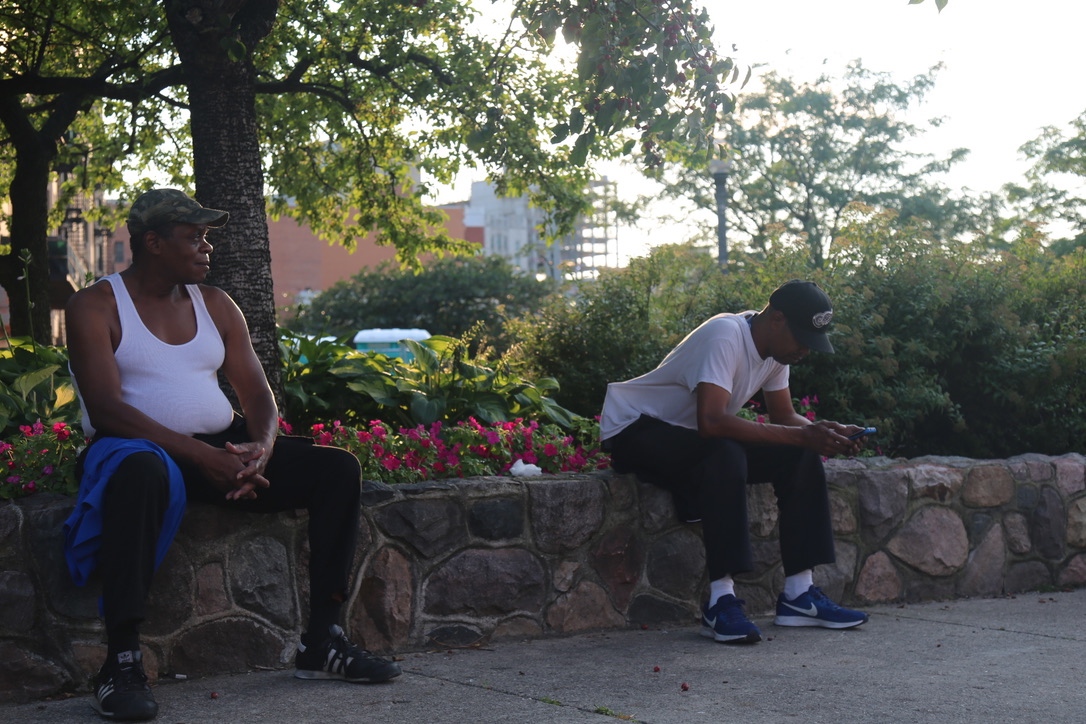Trees are more than something pretty to look at or sit under. They are essential, much like schools and sewer lines. They improve our lives by absorbing harmful greenhouse gas emissions, providing shade that lowers the chance of illness or death related to heat, blocking wind so utility bills are lower during the winter and creating job opportunities.

Photo Credit: Joel N Clark / American Forests
But a map of tree cover is too often a map of income and race — especially in cities. That’s because trees are often sparse in socioeconomically disadvantaged urban neighborhoods and some neighborhoods of color. The inequitable distribution of trees exacerbates social inequities.

